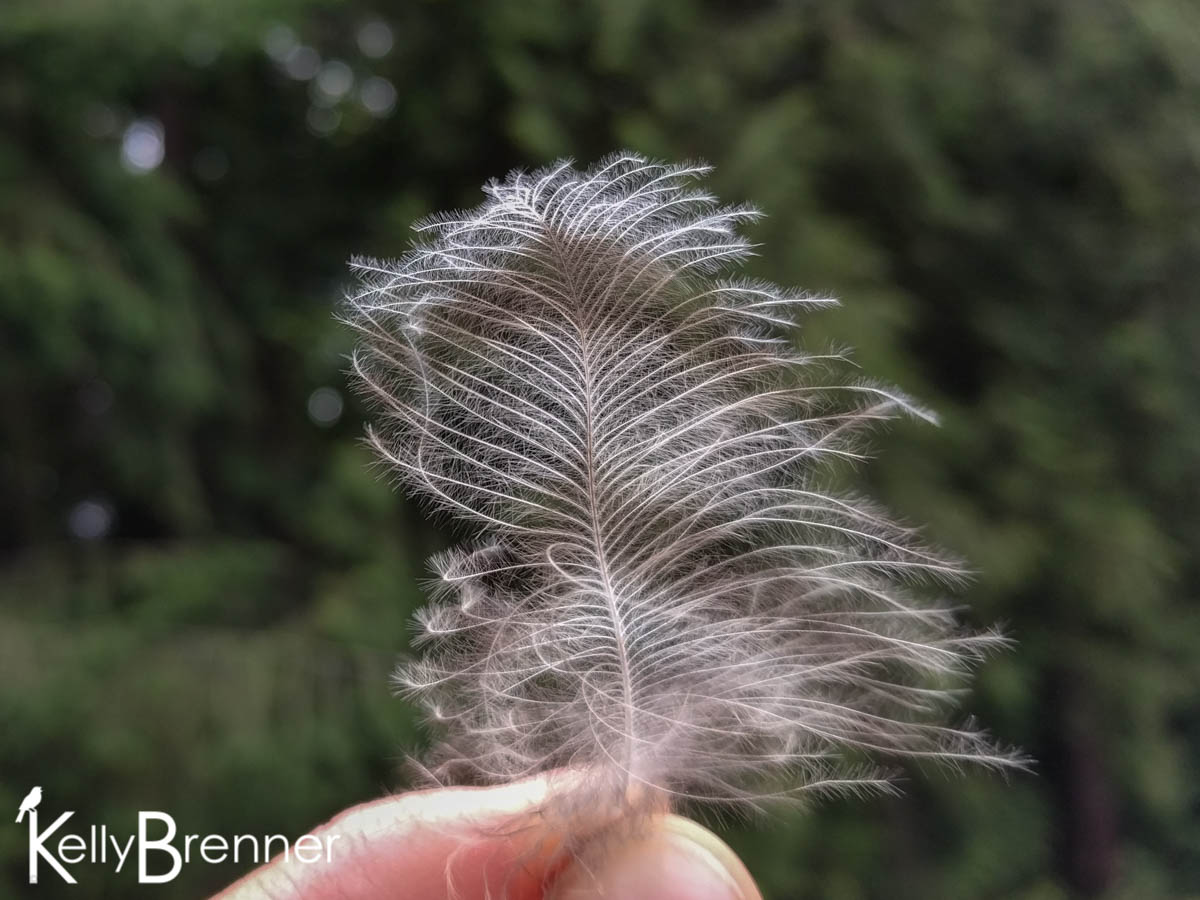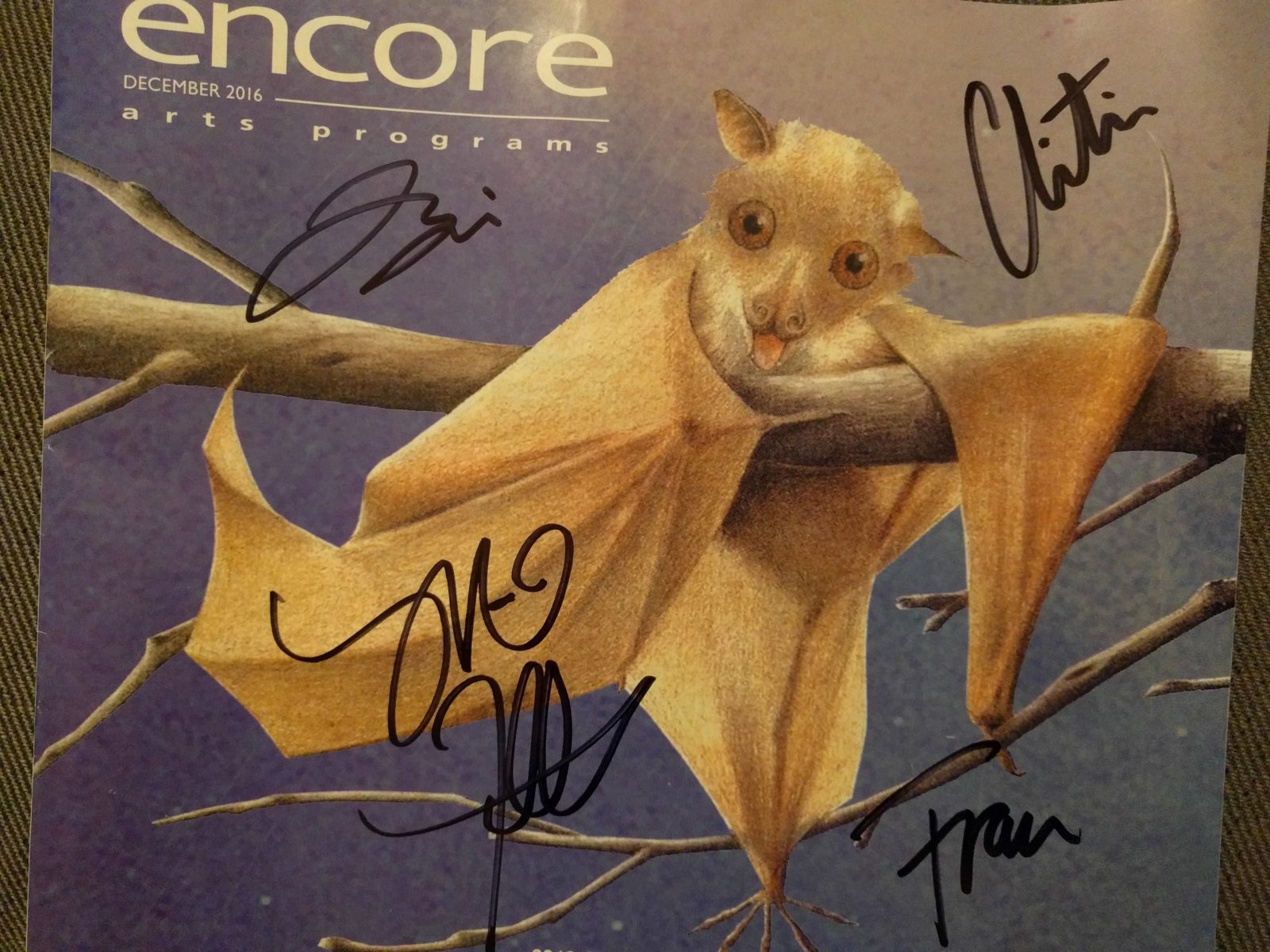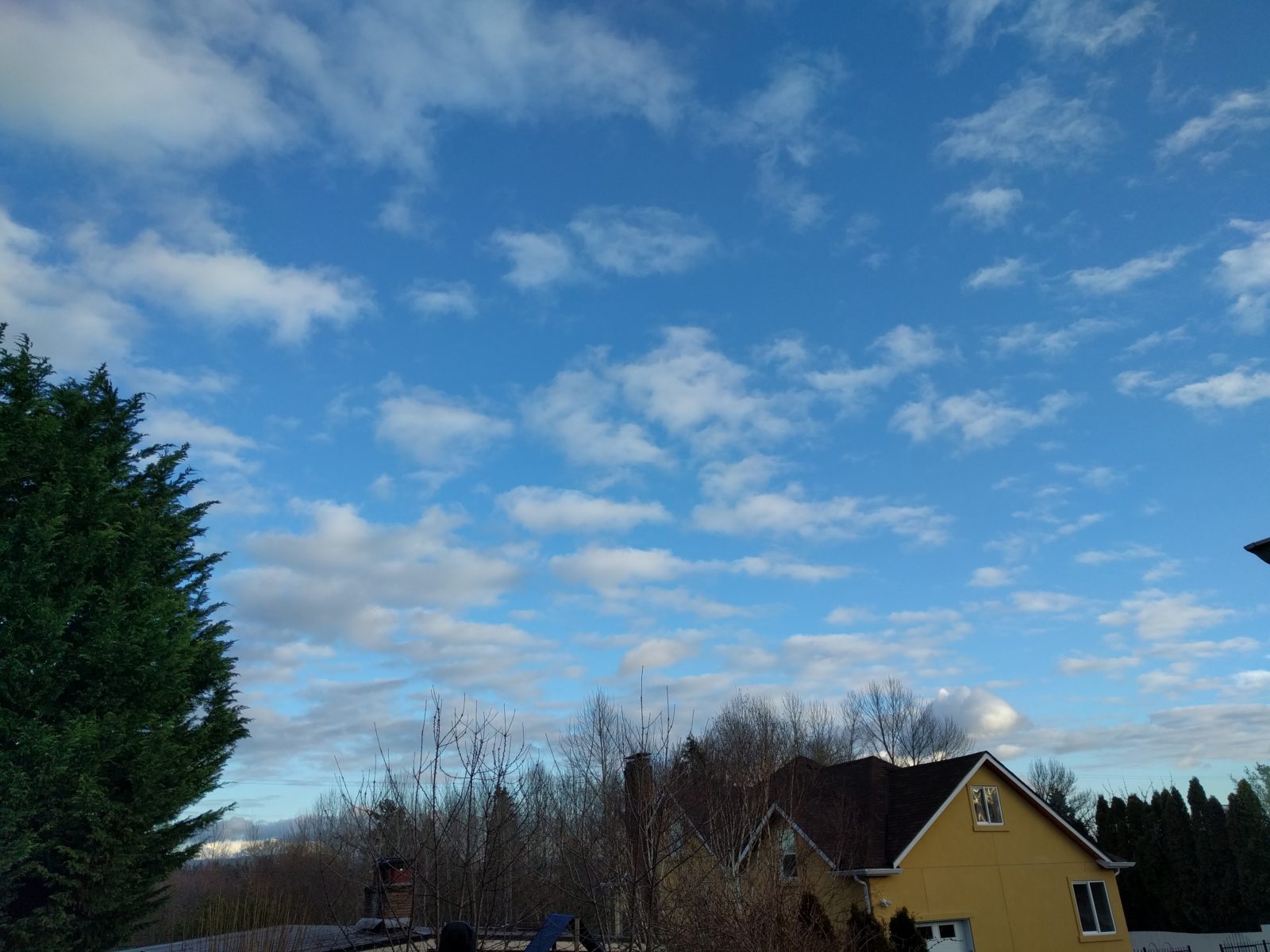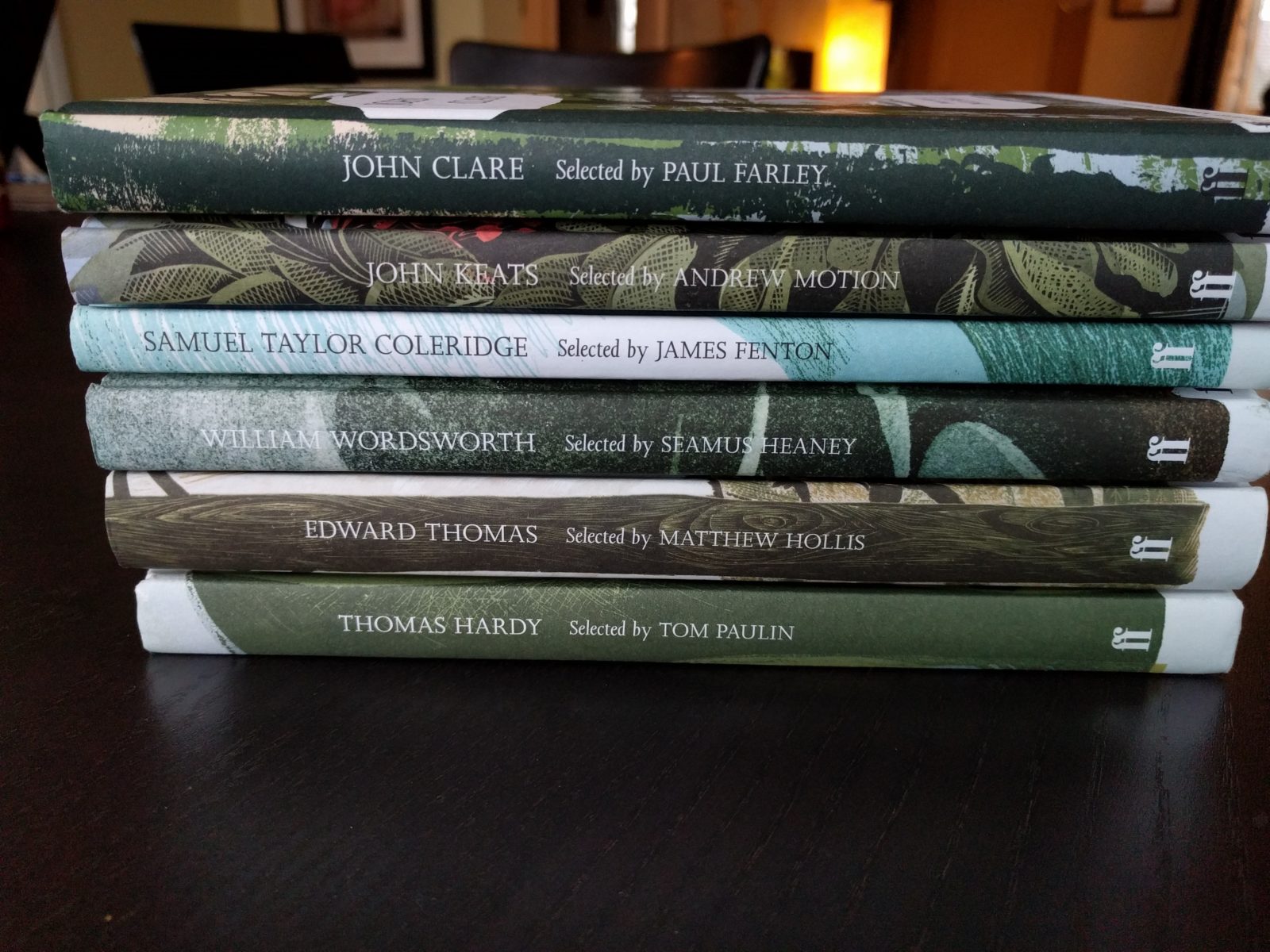In 2016 I’m doing a 365 Nature project. Each day of the year I will post something here about nature. It may be any format, a photo, video, audio, sketch or entry from my nature journal. It could be a written piece. Each day I will connect to nature in some way and share it here by the end of that day. You can keep up-to-date by subscribing to the RSS feed or be notified by email. See all the 365 Nature posts.
June is also 30 Days Wild and I’m participating again this year.
I’m sitting at the arboretum watching the Cooper’s Hawk chicks which are at this moment ‘branching out’. On Monday I watched them stray from the nest and start branching out, but today they have reached the edges of the Douglas Fir branches and can venture no further. I’d be surprised if they don’t fledge within the next couple of days.
The nest sits empty as the young restlessly fly from branch to branch as one of the adults sits in their usual Madrone tree making a distinct wah call. I’m not sure if the adult is announcing it’s arrival or if it’s trying to tempt the chicks out. The adult must have flown into the nest while I blinked because now the nest is occupied by an adult Cooper’s Hawk eating something down in the nest. One chick has now joined the adult, perched on the edge, but very wobbly as it tears into the unseen prey.
The adult eventually leaves and two chicks remain in the nest feeding on the prey provided by the parent.
As I watch, I notice a crow fly past the nest tree and then bank to return for another pass. Does this crow know there’s a nest in there? Does it sense all the chicks sitting on the branches, or even see them? The adult which had been in a nearby tree making occasional wah calls suddenly flies at the crow like a rocket, diving and attacking the unsuspecting crow. They both dive and swerve, the hawk inches away from the crow’s tail before the hawk pulls up and lands, letting the crow escape.
Earlier today I went looking yet again for the Barred Owl family and once again I was unlucky. I did happen to find several feathers though so I know they’re likely still in the same area. One feather was a perfect, fluffy, soft chick feather while another was certainly shed from an adult.
I also visited the dragonfly pond where I found the first recorded species of Four-spotted Skimmer in Seattle and was depressed to see the parks crew cutting down nearly all the bank’s vegetation and clearing all the water lilies from the pond. I thought of how many damselflies and dragonflies I’ve watched over the last few weeks laying eggs in those stems, now lost. I’ve heard they’re cutting it back so the water lilies don’t choke up the pond, but it’s sad to see so many odonata eggs wasted and it seems there could be better timing. Hopefully some of the eggs hatched before the maintenance began.
Size really does matter because while they were careful to survey any trees for bird’s nests for the new trail construction, nobody gives a second thought to the smaller life that inhabits the park as well.






